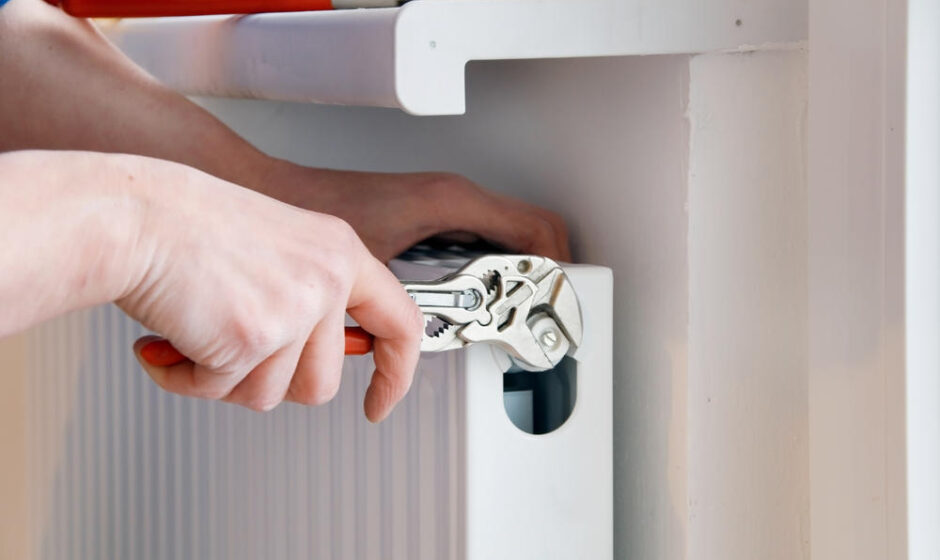Owners of private houses should prepare for the heating season in advance. Before the cold weather sets in, you should check your heating system for functionality. If air has accumulated in the heating pipes, it will interfere with the passage of hot water through the system and can even lead to metal corrosion. It needs to be lowered.
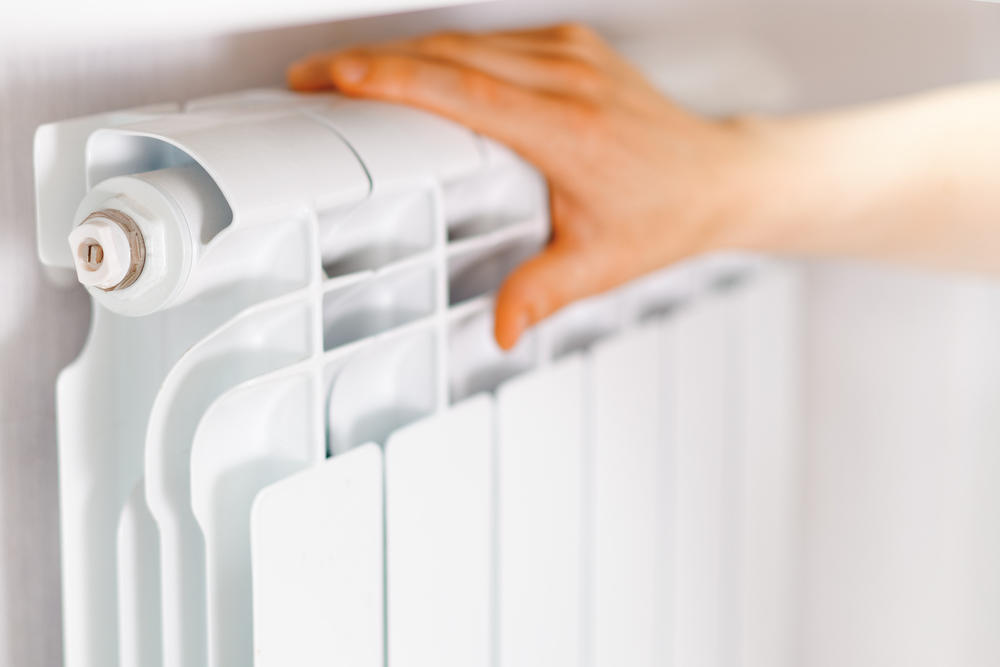
Causes of air accumulation in the heating system
To ensure good heating of the rooms and not to encounter the problem in winter when radiators do not heat up well, and in some places remain completely cold, it is necessary to bleed the air from the heating system. Air locks in pipes form for several reasons:
- heating pipes are laid incorrectly, the required slope is not maintained;
- completely drained the system during its repair;
- no forced circulation. Because of this, the pressure in the system may drop, which leads to airing;
- The pipe joints are poorly sealed and air is “sucked in.”
The most common cause of airing is improper filling of the system with coolant. Before bleeding air from the heating system, it is necessary to determine and eliminate the cause of the blockage.
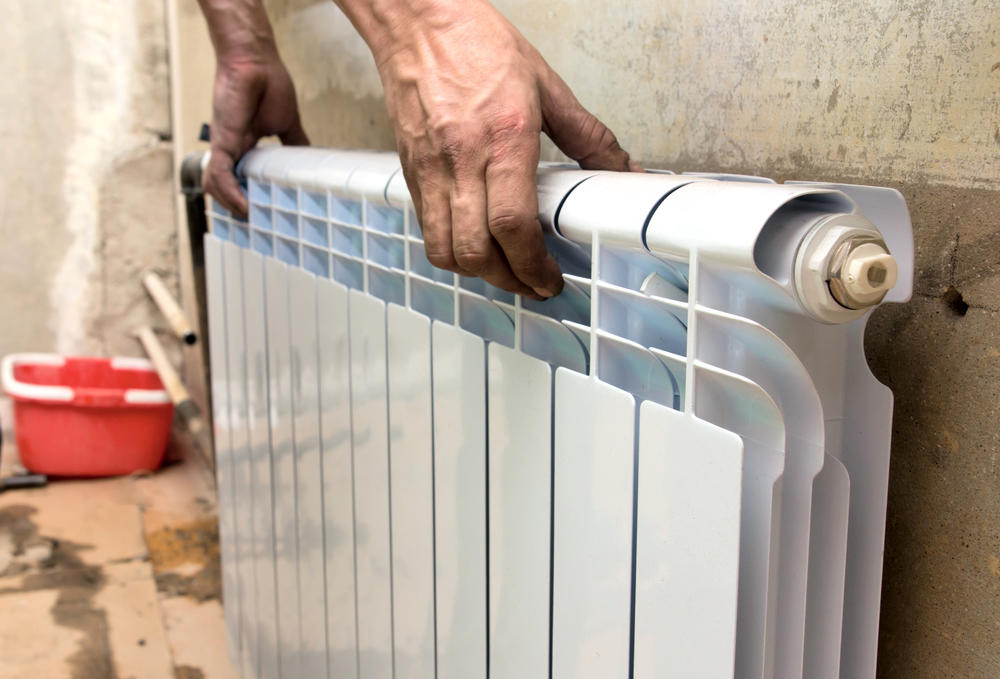
After repair and installation work, when initially filling the system, the coolant is supplied gradually so that the liquid is distributed evenly. In this case, the water squeezes air into the expander (with an open system) or into the air collector (with forced circulation). After filling the system with coolant, it is necessary to flood the boiler and heat the water – it will be discharged into the expansion tank, and all remaining air will certainly come out.
How to remove excess air
To remove air pockets formed during operation, each system must have an air vent or, as is more often called, a Mayevsky valve. To bleed air, arm yourself with a gas or adjustable wrench. If the latest generation of radiators are installed, you can get by with one screwdriver or a special wrench shaped like a butterfly. Such “butterflies” come in metal and plastic.
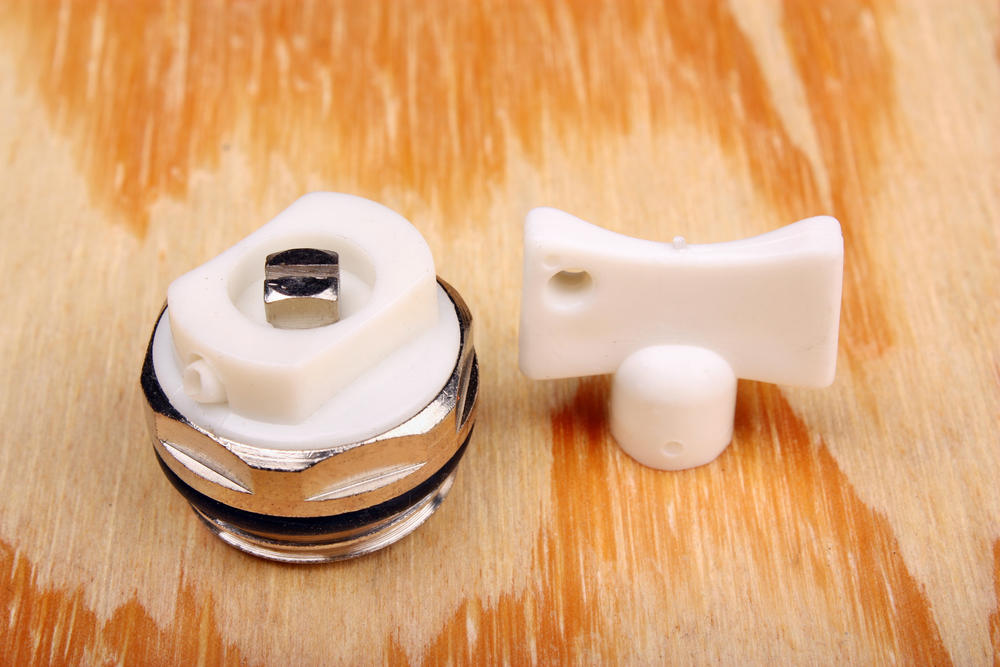
Find a small valve on the battery, which is a tetrahedral screw with a key head and a slot for a flat-head screwdriver. Prepare a container where you will drain the liquid and a rag in case you splash water on the floor.
Place a container under the air vent and carefully unscrew the tap until you hear a hissing sound: let the accumulated air escape. When the hissing stopped and water ran out of the radiator in a steady stream, we can conclude that the airing had been eliminated. To be on the safe side, drain some water and turn on the tap.
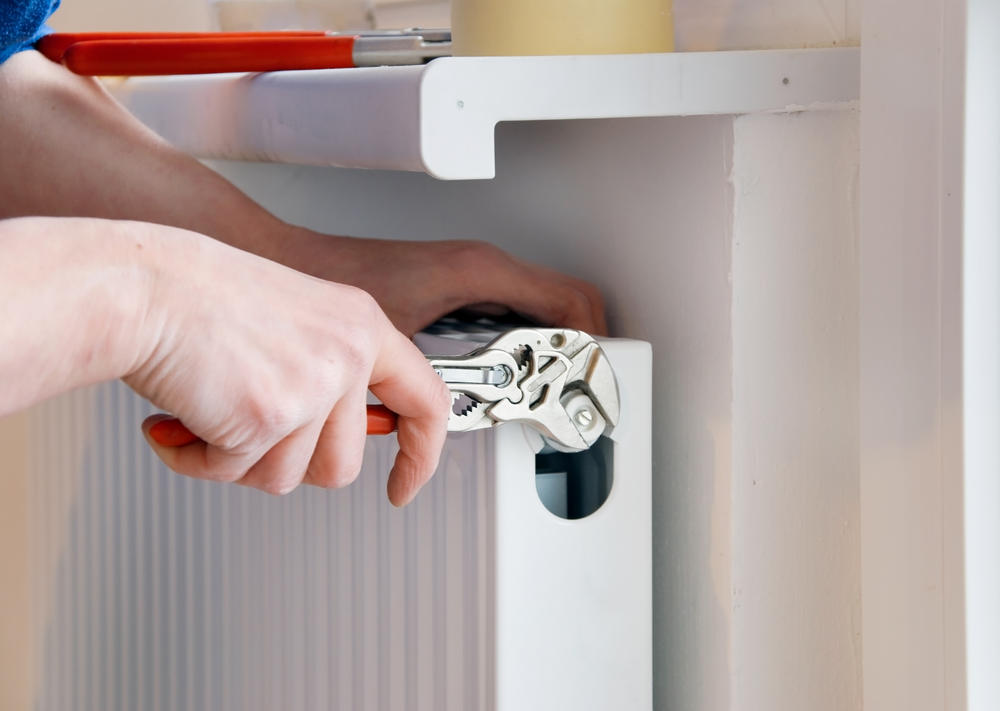
To bleed air from an old heating system that is not equipped with a Mayevsky tap, you need to open the plug. Using a gas or adjustable wrench, slowly unscrew the plug and bleed the air, and then install the plug in place, wrapping a sealant around the thread to make it tight.
If you live in a private house that has more than one heated floor, then you need to start venting the radiators from the lowest level and finish at the top. You can increase the efficiency of heating at home, increase the service life of the system, and forget about air locks by installing an automatic air vent.
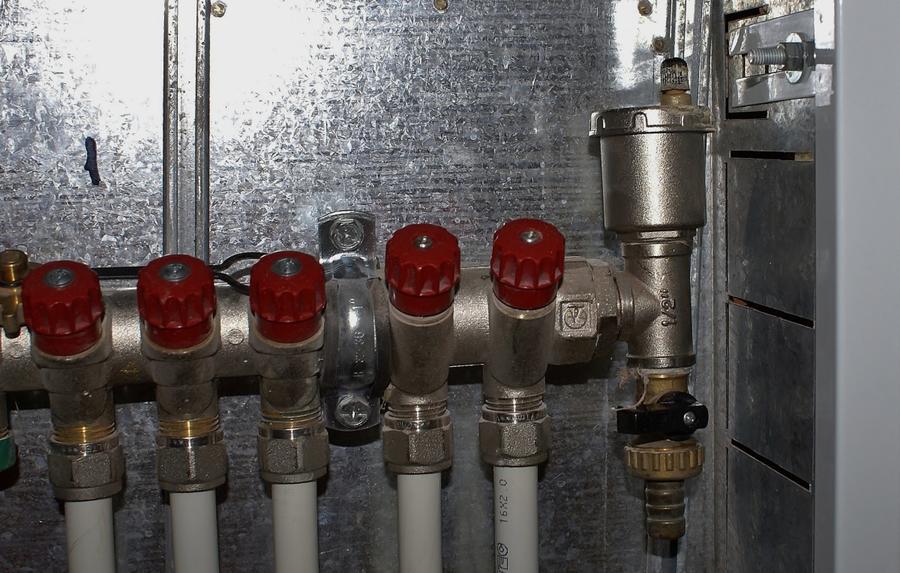
As you can see, it is not at all difficult to bleed air from the heating system. And let your home always be warm and cozy in winter.

